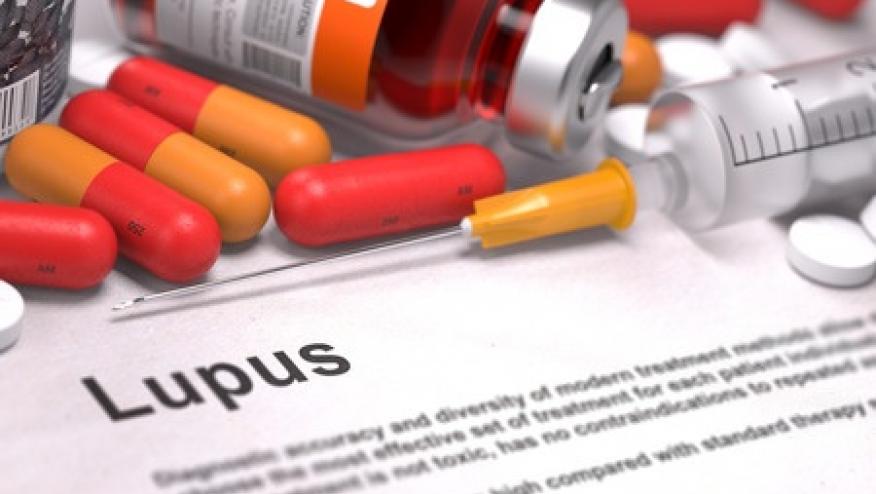Updated List of Drugs Inducing Lupus Save

Drugs inducing lupus may account for nearly 30% of all subacute cutaneous lupus erythematosus (CLE) and up to 15% of systemic lupus erythematosus (SLE) cases. Moreover there are over 100 drugs capable of inducing drug-induced lupus erythematosus. A population based report in JAMA Dermatology shows several new and old drugs are capable of inducing DLE and SCLE, moreso than SLE.
A case-control study from the Danish National Patient Register identified all incident cases of CLE and SLE between 2000 and 2017 and examined potential associated with concurrent medications.
Overall, they found 1,298 CLE patients (79% women; median age at diagnosis, 50.5 years) or 1850 SLE patient (83% women; median age at diagnosis, 45.0 years) and compared these to 31,480 matched controls and identified significant associations between drug use and a subsequent diagnosis of CLE and SLE.
Of the lupus diagnoses, 53% were discoid lupus, 21% were subcutaneous LE and 2.5% were met criteria for SLE. Drugs were more apt to induce DLE and SCLE than SLE.
New plausible causal drug-induced associations were:
- Fexofenadine (SLE: OR, 2.61 [95% CI, 1.80-3.80]; CLE: OR, 5.05 [95% CI, 3.51-7.26])
- Levothyroxine (SLE: OR, 2.46 [95% CI, 1.97-3.07]; CLE: OR, 1.30 [95% CI, 0.96-1.75])
- Metoclopramide (SLE: OR, 3.38 [95% CI, 2.47-4.64]; CLE: OR, 1.47 [95% CI, 0.85-2.54])
- Metronidazole (SLE: OR, 1.57 [95% CI, 1.09-2.27]; CLE: OR, 1.93 [95% CI, 1.25-2.97])
- Terbinafine: (CLE: OR, 4.11 [95%CI,2.63-6.41]; SLE: OR, 1.85 [95%CI,2.63-6.41])
- TNF inhibitors (CLE: OR, 4.96 [95%CI, 2.30-10.71]; SLE, OR 3.64 [95%CI,1.93-6.89]).








If you are a health practitioner, you may Login/Register to comment.
Due to the nature of these comment forums, only health practitioners are allowed to comment at this time.